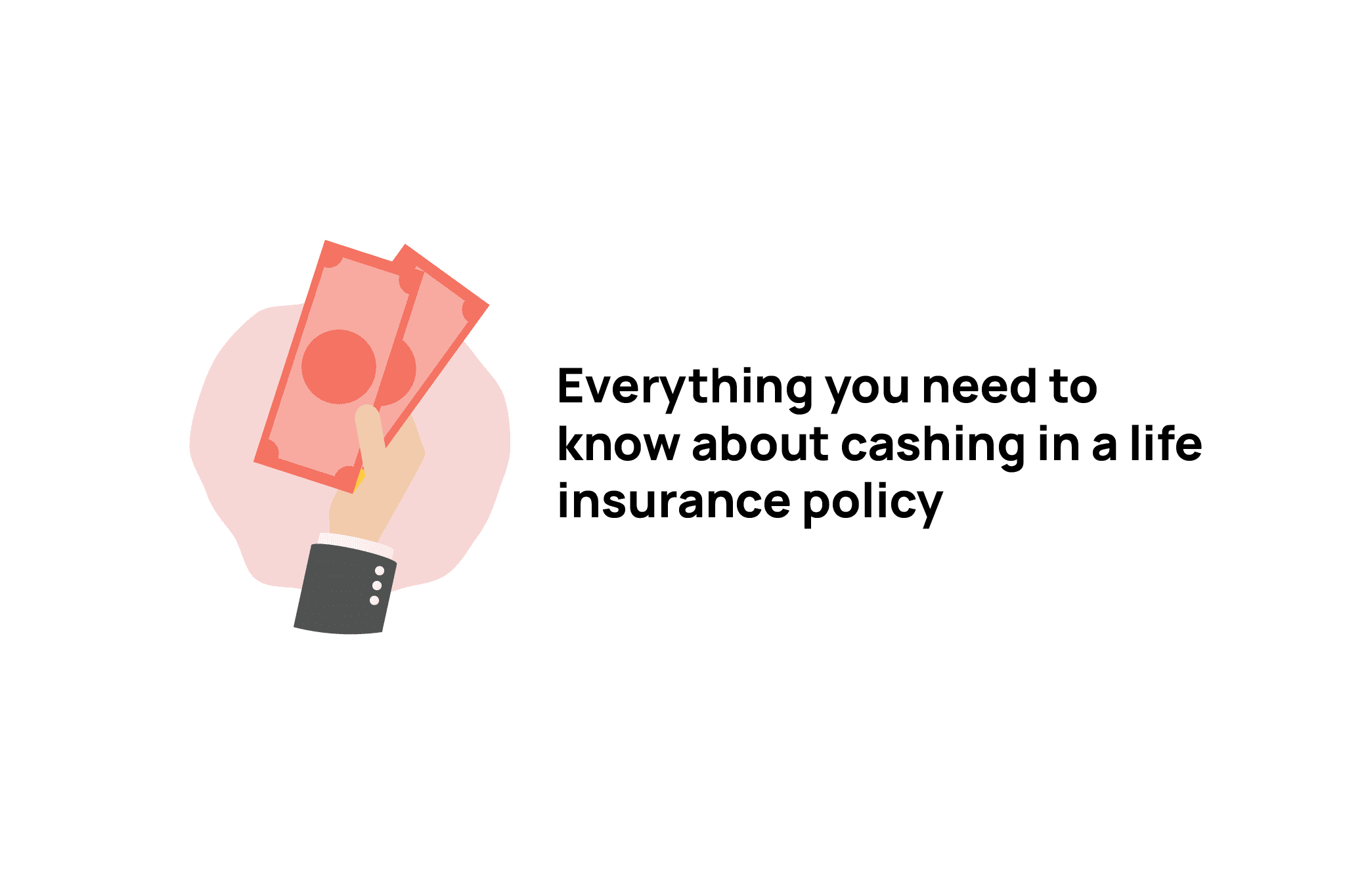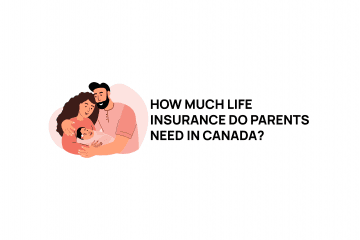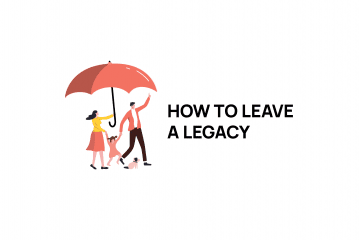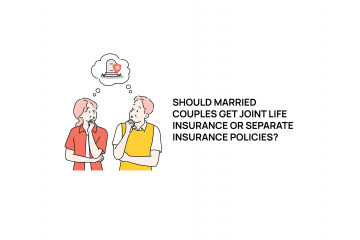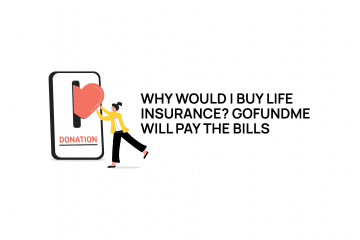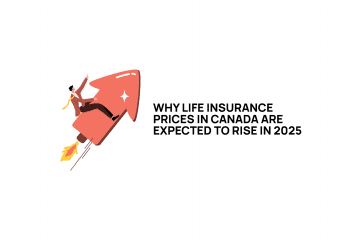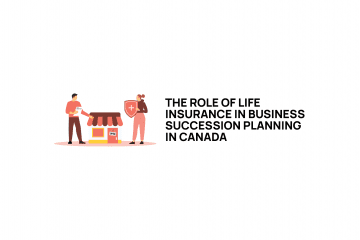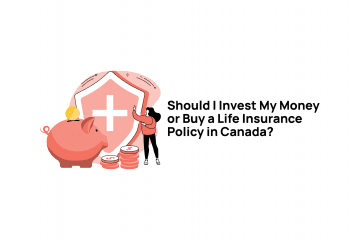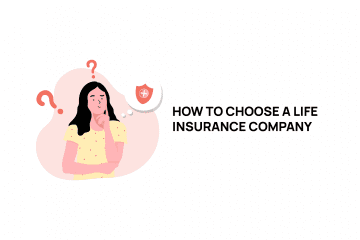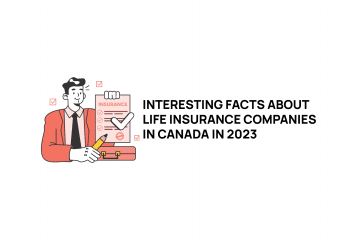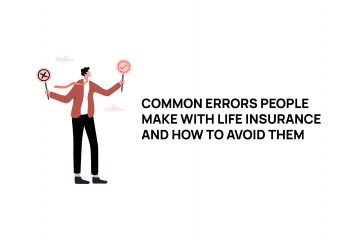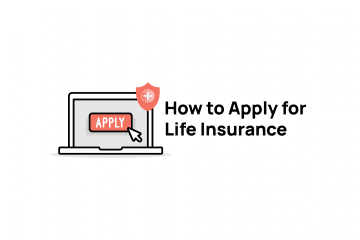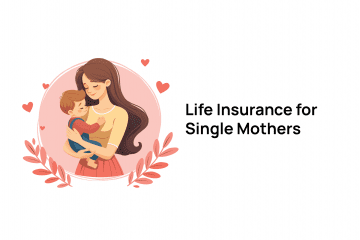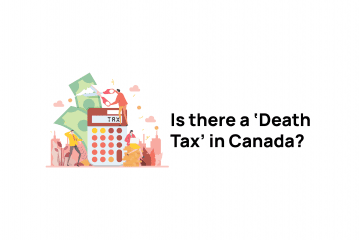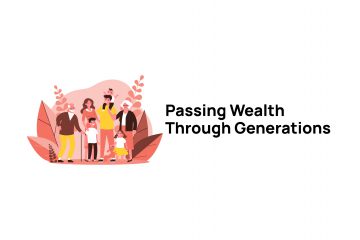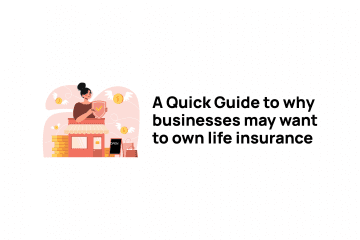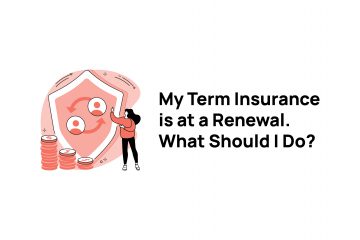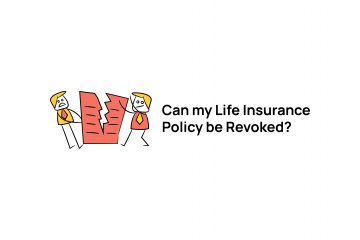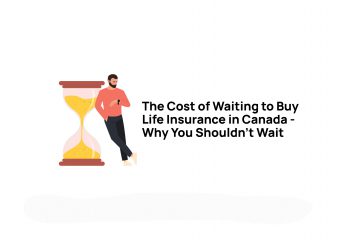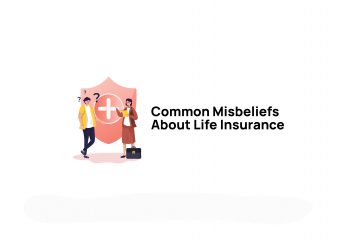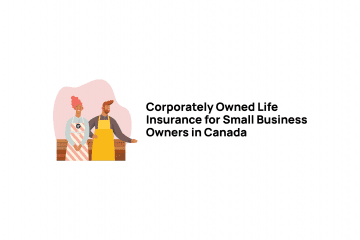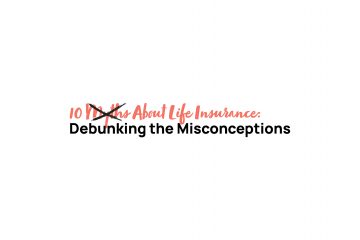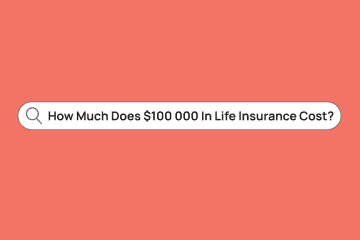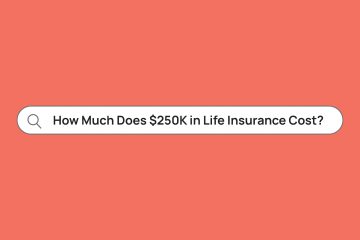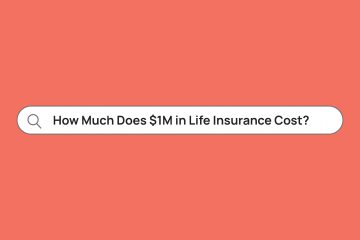We often get questions about cashing in life insurance or withdrawing from a life insurance policy’s cash value. Understandably, people want to know if it’s ever worth it and what the consequences are on their coverage and finances. We’ve put together a little guide that will help answer some of these questions and break down how cashing in a policy works, whether it’s a good idea, and what your options are.
In This Article:
- How does cashing in life insurance work?
- Why someone might cash in their life insurance?
- Is cashing in life insurance a good idea?
- What are the alternatives to cashing in life insurance?
- Speak to an advisor today
How does cashing in life insurance work?
As you may already know, some types of life insurance policies—specifically permanent life insurance—come with a cash value. When you pay premiums on a permanent life insurance policy, such as whole life insurance, part of the money goes towards keeping your coverage intact. Another part is put into a tax-deferred savings account by the insurance provider. The cash value grows as you pay into it, and interest is earned. With some types of life insurance, like participating or universal life insurance, the cash value can also grow via investments.
If you decide to cease your life insurance coverage, your life insurance provider will payout your policy’s cash surrender value (CSV). This is the equivalent of your policy’s cash value minus any administration fees or penalties. Typically, the highest surrender penalties will be charged in the first decade of your coverage, which can significantly eat into your policy’s cash value. If you do surrender your policy for the cash value, your coverage will stop, and your beneficiaries will not receive a death benefit.
In Canada, there can be tax consequences to surrendering your policy for its CSV. It all depends on the adjusted cost basis (ACB) calculation. If the cash surrender value exceeds the adjusted cost basis, any funds in excess of the ACB (the gains on the premiums you paid into the cash value account) will be taxed as regular income.

Why someone might cash in their life insurance?
There are a number of reasons that someone would consider cashing in their life insurance policy. As we all know, people’s financial situations can change dramatically over their lifetimes, as can their insurance coverage needs if someone requires money quickly to cover an unexpected expense, a policy’s cash value can be considered an asset. Cashing in your policy would effectively liquidate this asset and put some money in your wallet.
Changes in coverage needs are another key reason people consider cashing in their permanent life insurance policies. If passing along money via the death benefit is no longer a top priority, or the high premium costs of keeping a permanent policy active are no longer viable, surrendering a policy can alleviate the financial burden and provide some extra money. For example, the cash surrender value can be used to supplement retirement income.
Is cashing in life insurance a good idea?
Broadly speaking, there aren’t many instances when fully cashing in a life insurance policy is a good idea. The reality is you’ll seldom get back from it what you paid into it. That being said, there are certain circumstances where you will get more for your buck.
If you are surrendering a permanent life insurance policy for the CSV, it’s highly advisable to wait until the policy has grown considerably, at least 10 or 15 years. Depending on the small print on your policy, cashing in a policy before a certain amount of time has passed can trigger penalties. To give you a clearer idea, if you choose to surrender a policy in the first few years of coverage, some life insurance providers will charge a penalty worth 35% of the cash value. After a decade or so, these penalties drop significantly, sometimes to 0%.
Before you decide to cash in a policy, we recommend contacting a financial advisor or life insurance expert: they can help you navigate your options and help you figure out if it’s the best course of action.
What are the alternatives to cashing in life insurance?
If you are thinking about surrendering a life insurance policy to generate funds, we’re here to tell you that there are some other options at your disposal. In fact, most financial advisors would recommend these alternatives before suggesting a total cash-in. As we said, a permanent life insurance policy is an asset, and there are a few different ways to leverage it for cash. Let’s take a look.
Withdrawing from the cash value
Perhaps the most straightforward alternative to surrendering your policy is withdrawing from the policy’s cash value. Since your policy’s cash value is essentially a tax-deferred savings account, you can withdraw from it as such. In terms of taxes, any amount withdrawn from the money you’ve paid into the cash value will be tax-free. However, as soon as you start withdrawing from the gains the policy has made, you will have to pay income tax.
There are also some caveats associated with withdrawing from your policy’s cash value. For one, it will reduce the value of the death benefit, leaving your beneficiaries with less when you die. Second, withdrawing from your policy will minimize the growth potential of the cash value since interest will be generated on a smaller amount. It’s worth talking to an advisor or your life insurance company to understand how much the death benefit will shrink based on your withdrawal and whether another alternative could be more beneficial.
Get a free quote
Taking out a policy loan
Another alternative to surrendering life insurance is using your policy’s cash value as collateral for a secured loan. Policy loans essentially give you access to funds without automatically compromising your cash value and its growth or your policy’s death benefit. These loans can equal as much as 100% of the cash surrender value and tend to have lower interest rates than regular bank loans or lines of credit.
Repayments for policy loans are also flexible: you can pay off the loan as you like or not at all. In this case, the loan principal and any loan interest are usually deducted from your policy’s cash value and death benefit. This is worth keeping in mind, especially if passing down a substantial death benefit to your beneficiaries is a priority for you. In terms of taxes, policy loans are tax-free, provided they are equal to or less than the value of your policy’s adjusted cost basis (ACB). Finally, a policy loan can be used at your discretion: you can use it to supplement retirement income, to re-invest, to undertake a home renovation, you name it.
Using collateral assignment
Collateral assignments are an alternative to policy loans. Instead of taking out a loan from your policy through the insurance provider, collateral assignments let external lenders use your policy’s cash surrender value as collateral for a loan. Using this method, policyholders name a lender as an assignee in order to be approved for a loan. This assignment entitles the lender to a portion of the policy’s value to repay any outstanding loan balance.
Collateral assignment is most common for acquiring business loans. In fact, many banks and lenders require borrowers to have a life insurance policy with a cash value that at least covers the loan amount. In cases where the loan is repaid in full, the lender is removed as an assignee and has no claim to the policy’s value. Collateral assignments are not handled by life insurance providers; however, it’s always a good idea to run the idea by them because some policies do not allow for this type of loan assignment.

Cashing in dividends
This option is viable if you have participating whole life insurance. This type of policy has an investment component that has the potential to generate dividends based on performance. These dividends can be used in a few ways: they can be re-invested into the policy through paid-up additions; be used to pay down your premiums; can be put into a savings account to earn interest; or can be withdrawn directly as cash.
If you choose the cash option, your life insurance provider will issue a dividend payment to you, typically on an annual basis. It’s worth noting that using your dividends in this way will make them taxable. If you choose to leave your dividends with your insurance provider in a savings account, they will continue to generate interest. You can withdraw from this account at your will, and if you surrender your policy, the balance will be added to your CSV. Interest accrued is eligible for tax.
As a small aside, if you have a universal life insurance policy, there is also the possibility to withdraw investment returns. In this case, policy owners need to overfund their policy in order to build their policy’s investment account. These additional funds are invested and grow on a tax-deferred basis based on investment performance. UL policy owners can withdraw from this investment account as needed, and funds may be taxable (again, this depends on the policy’s adjusted cost basis).
Life settlement
A life settlement, or viatical settlement, refers to when someone sells their life insurance policy to a third party. It’s a fairly controversial strategy that is—as of writing—only legal in certain Canadian provinces (Quebec and Saskatchewan, to be exact). On top of that, some insurance providers prohibit the practice even in those provinces.
When a life settlement is possible, policyholders can typically sell their policy for more than the cash surrender value and are no longer responsible for the premium payments. At the same time, however, they hand over other policy benefits, like the death benefit, to the third-party buyer. There are also tax implications: the one-time payment from the third party is taxable. It can impact what government benefits you may be eligible for, which is particularly important for retirees.
Speak to an advisor today
In the end, while surrendering your permanent life insurance policy is always an option, there are several other ways to cash in on your policy that leave your coverage intact. Before making any big decision about your policy, be sure to speak with an advisor. In fact, you can even reach out to a member of our team, who can help you find the best option for your situation.
